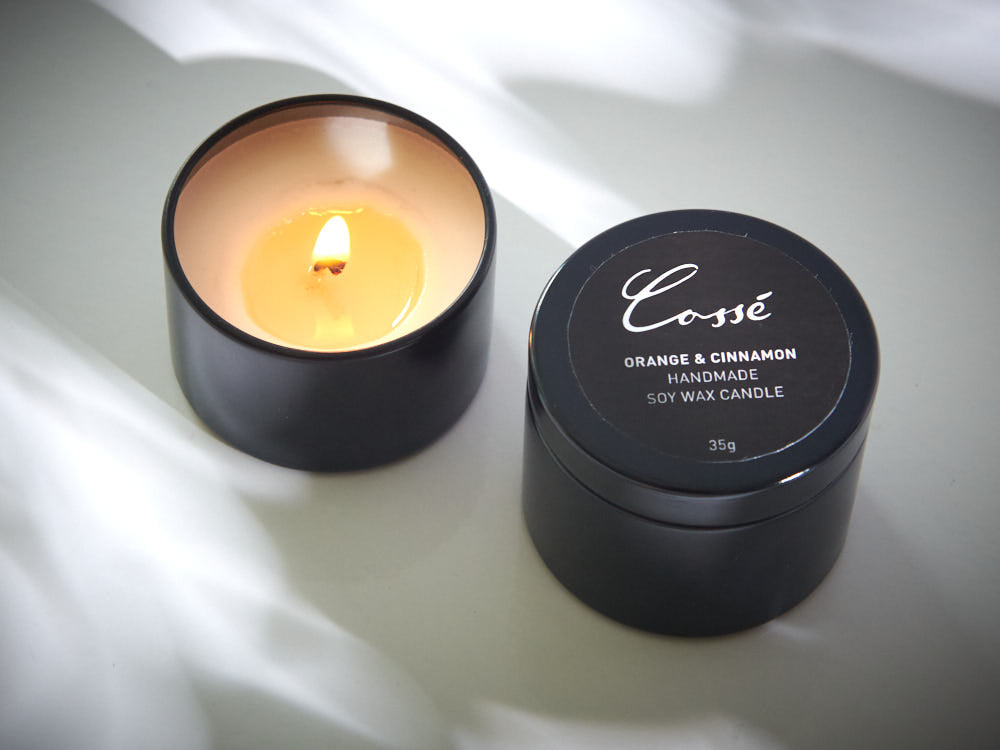From Wick to Wax: Understanding the Chemistry Behind Soy Wax Candles and Their Environmental Influence
As we illuminate our rooms with the warm radiance of candles, there exists a realm of intricate chemistry behind the seemingly easy act of lighting a soy wax candle light. Join us as we decipher the clinical complexities behind soy wax candles and explore their effects on our setting.
Soy Wax Vs. Paraffin Wax
When comparing soy wax and paraffin wax for candle light making, it is vital to comprehend the unique characteristics and benefits of each material. Soy wax is a natural, renewable resource stemmed from soybean oil, making it environmentally friendly and naturally degradable - candles. In comparison, paraffin wax is a by-product of oil refining, which raises concerns about its environmental impact and sustainability
Soy wax candle lights shed cleaner and send out less residue compared to paraffin wax candles, making them a much healthier choice for interior air high quality. Furthermore, soy wax has a reduced melting factor, enabling a longer-lasting candle light that spreads scent better. Paraffin wax, on the various other hand, tends to shed faster and less easily, potentially releasing harmful chemicals into the air.
From a sustainability point of view, soy wax is favored for its biodegradability and eco-friendly sourcing, straightening with the growing consumer preference for ecologically mindful products. While paraffin wax has been a typical selection in candle light making as a result of its affordability and convenience of usage, the change in the direction of environment-friendly alternatives like soy wax is gaining momentum in the sector.
Chemical Composition of Soy Wax

Burning Refine in Soy Candles
The chemical structure of soy wax directly affects the burning procedure in soy candle lights, impacting factors such as melt time, scent release, and ecological influence. When a soy candle light is lit, the warmth from the flame thaws the wax near the wick. This liquid wax is after that drawn up the wick because of capillary action. As the fluid wax reaches the flame, it evaporates and undertakes burning. The burning process includes the vaporized hydrocarbons in visit here the wax reacting with oxygen in the air to generate warm, light, water vapor, and co2.
The burning efficiency of soy candles is affected by the purity of the soy wax and the top quality of the wick. A clean-burning soy candle light with an effectively sized wick will certainly generate a constant flame and minimize residue development. This not just prolongs the shed time of the candle but likewise improves the launch of scents. Furthermore, soy wax candles have a reduced ecological impact contrasted to paraffin candle lights due to their eco-friendly and eco-friendly nature.

Environmental Advantages of Soy Wax

Considered a sustainable alternative to typical paraffin wax, soy wax supplies notable environmental benefits that make it a popular selection amongst eco-conscious customers. Soy wax news burns cleaner and produces much less residue than paraffin wax, adding to far better indoor air top quality and reducing the need for cleansing and maintenance. On the whole, the ecological benefits of soy wax line up with the growing need for lasting and environmentally friendly products in the market.
Recycling and Disposal Considerations
Reusing and proper disposal of soy wax candle lights play a crucial role in maintaining environmental sustainability and decreasing waste in homes and areas. When it involves recycling soy wax candles, the initial step is to make sure that the candle has shed totally. This can be attained by allowing the candle light to shed up until the wick is no longer usable, and afterwards allowing the remaining wax cool and solidify. Once the wax has actually strengthened, it can be carefully eliminated from the container.

In terms of disposal, if recycling is not an option, soy wax candles are biodegradable and can be securely disposed of in most house waste systems. It is constantly suggested to inspect with local reusing facilities or waste monitoring solutions for certain guidelines on candle light disposal to guarantee proper handling and ecological protection.
Verdict
To here are the findings conclude, the chemistry behind soy wax candles discloses their environmental benefits over paraffin wax candle lights. Soy wax, stemmed from soybean oil, burns cleaner and creates less residue when compared to paraffin wax. The burning process in soy candle lights is much more efficient, leading to a much longer and much more also burn. In addition, soy wax is eco-friendly and naturally degradable, making it an extra sustainable option for candle light production. Reusing and proper disposal of soy wax candles better contribute to their ecological impact.
When contrasting soy wax and paraffin wax for candle production, it is important to comprehend the unique features and benefits of each material (soy wax candles).Soy wax candle lights melt cleaner and release much less residue contrasted to paraffin wax candles, making them a healthier option for interior air high quality.Taken into consideration a lasting choice to typical paraffin wax, soy wax offers noteworthy environmental advantages that make it a prominent selection amongst eco-conscious customers. Soy wax burns cleaner and produces much less residue than paraffin wax, contributing to far better interior air quality and reducing the need for cleaning and maintenance.In final thought, the chemistry behind soy wax candle lights discloses their ecological benefits over paraffin wax candle lights